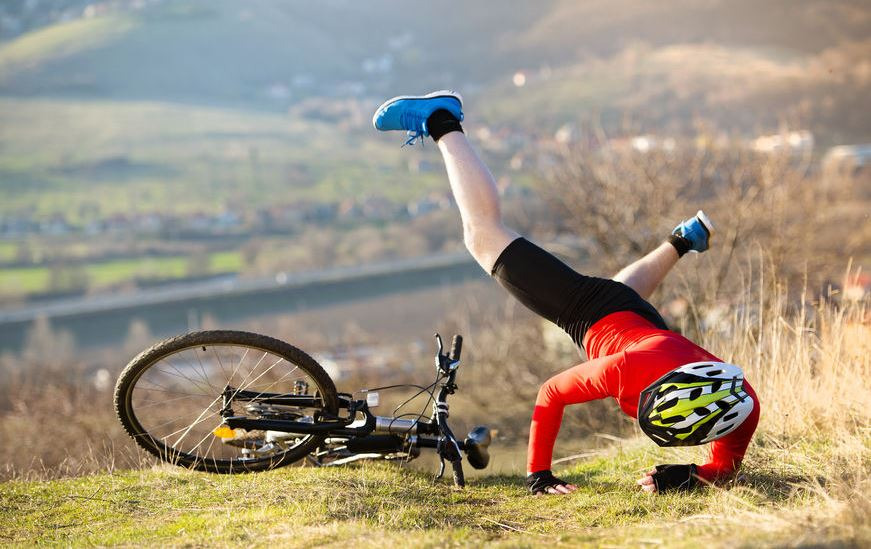The Risk
Platelet-rich plasma for orthopedic injuries
Submitted by prpmed » Tue 03-Aug-2021, 19:39Subject Area: General | 1 member rating |
 |
PRP (Platelet Rich Plasma) platelet-rich plasma obtained from the patient's blood. Plasma is a natural ingredient rich in growth factors, which supports wound healing, reconstruction of muscle tissue, tendons and ligaments. This method is used by subcutaneous injection in the area of a damaged limb or into a diseased tissue using an ultrasound machine.
Platelet-rich plasma is recommended in the treatment of many orthopedic diseases, such as:
- tennis elbow,
- runner's knee,
- Achilles tendonitis,
- injuries,
- sprains,
- orthopedic injuries,
- or degenerative changes.
In the procedure, several dozen millilitres of venous blood are taken with special prp tubes without the patient having to be on an empty stomach. In the next step, the plasma is separated with a special separator and, after a few minutes, administered to the patient by injection at the appropriate site. The natural process of tissue regeneration then takes place there. It is a natural, tolerable and precise method.

PLATELET-RICH PLASMA (PRP) - ORTHOPEDICS
Platelet-rich plasma therapy is a method of treating many orthopedic diseases that, until recently, had to be treated surgically. Today, ailments such as damage to muscles, tendons and ligaments, joint injuries, fractures and slow bone growth, as well as inflammation, or diseases typical for athletes (tennis elbow, jumper's knee) can be successfully eliminated using the PRP preparation. The speed of therapy, safety, short recovery period, low invasiveness, painlessness and efficiency at the level of 90% of cured ailments are the arguments for the use of platelet-rich plasma in the so-called orthopedics PRP .
Platelet-rich plasma contains growth factors that contribute to the reconstruction of muscles and tendons, and also accelerate the healing process. Plasma is an autologous material obtained from blood collected from the patient immediately before the procedure. The blood is placed in a special centrifuge, and then properly prepared plasma is fed into the affected joint. The entire process is short and requires no hospitalization. The recovery period is also much shorter than with other methods of treating injuries.
PRP therapy is completely safe because it does not trigger an immune system reaction in the form of allergies. Therefore, people prone to allergies can undergo treatment. The procedure takes less than an hour and is often performed under ultrasound supervision. Each time a doctor qualifies for treatment, after a detailed interview with the patient and assessment of his health condition. Usually, after 3 weeks, a check-up is carried out, during which the doctor assesses the results and possibly orders appropriate rehabilitation.
Many people still confuse plasma injection with stem cell therapy, so it is worth realizing that these two forms of treatment are fundamentally different from each other, although they are used in orthopedics for similar indications.
Platelet-rich plasma contains numerous growth factors and bioactive proteins (such as e.g. cytokines), and when injected into the tissue, it stimulates dormant stem cells to start regeneration and repair processes. Therefore, platelet-rich plasma is also used in the treatment of baldness . Transplanting a stem cell concentrate into the diseased tissue enriches it with new stem cells coming from a different place, which is often the only way to restore regenerative activity to significantly damaged tissue. In our clinic, we very often use both of these methods simultaneously, thus obtaining the synergy effect in which the transplanted stem cells are stimulated to greater activity by the growth factors and cytokines administered with the plasma.
PRP therapy is used for mild to moderate osteoarthritis and for common sports injuries. Common symptoms of early-stage osteoarthritis include pain and morning stiffness in the joint. Another characteristic symptom is pain after prolonged inactivity, which disappears after a short walk, for example. These symptoms result from wear and tear and damage to the articular cartilage. PRP therapy is a chance to return to activity faster by supporting the treatment process. In typical sports injuries, ligaments, tendons or muscles can be injured.The process of healing injuries or inflammation of tissues consists of a complex sequence of natural mechanisms taking place inside the body, which is precisely regulated. Thrombocytes, or platelets, play a key role in this process. They release proteins, such as growth factors, at the site of injury, which initiate the rebuilding of damaged tissue and inhibit painful inflammation.
Due to the high concentration of growth factors - PRP supports the body's self-healing processes in mild and moderate forms of osteoarthritis and in many sports injuries. The studies confirmed the effectiveness of PRP therapy in inflammation of the lateral epicondyle of the humerus (tennis elbow), patellar tendinopathy (jumper's knee) and plantar fasciitis (heel spurs) ..
2 Comments